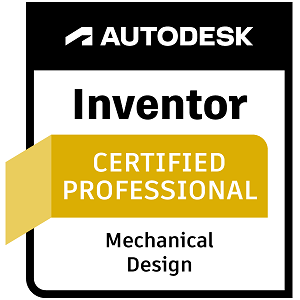- Mark as New
- Bookmark
- Subscribe
- Mute
- Subscribe to RSS Feed
- Permalink
- Report
How can I create a seamless transition between these two parts shown in the image? Any advice on the best approach for achieving this would be greatly appreciated!
Thanks!
Solved! Go to Solution.










